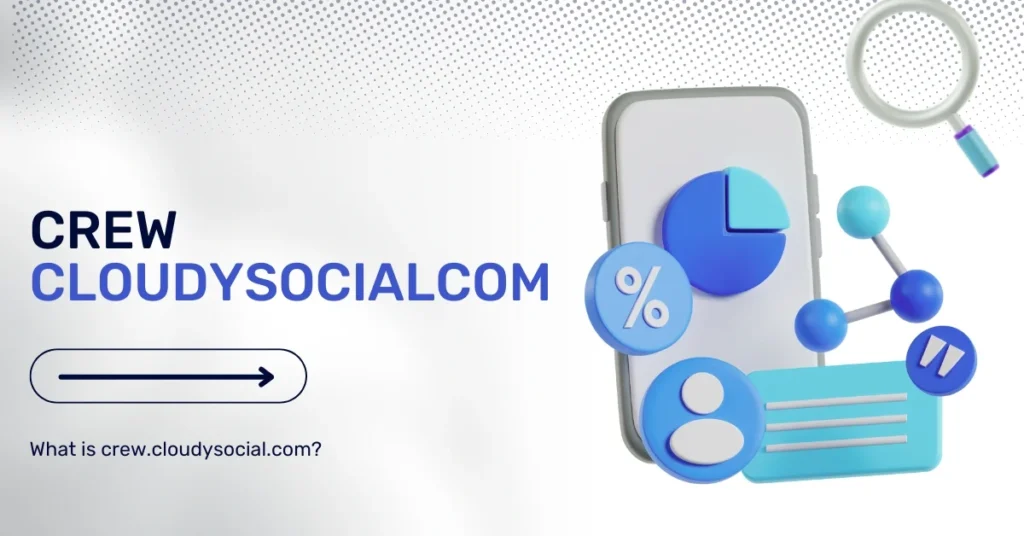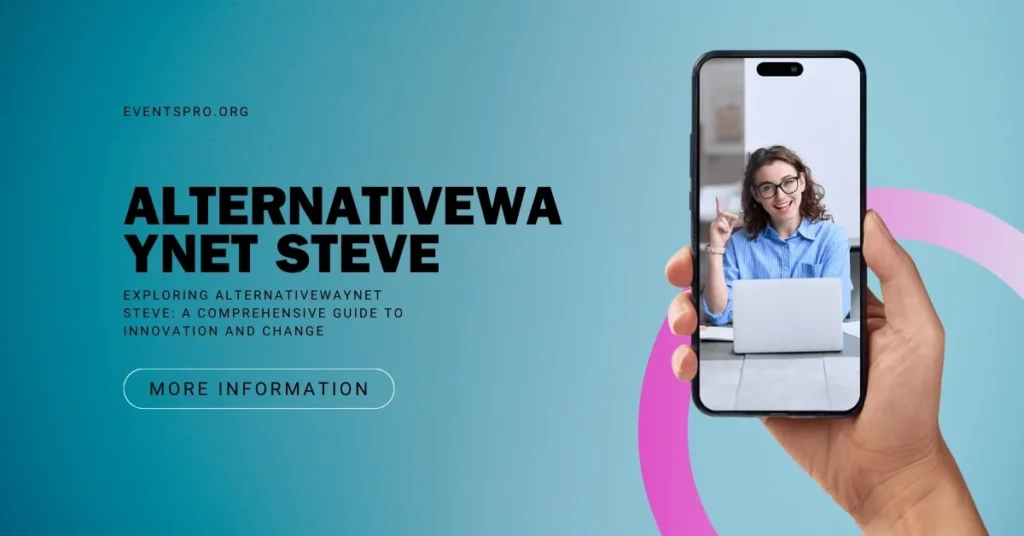There’s a name you might’ve seen floating around in blogs, comment threads, donor platforms, or shared posts Phaelonthilyx. It’s not a foundation, not a celebrity, and not a corporation. Yet, it quietly shows up where philanthropy, community giving, and donor-advised funds meet the digital world.
This article focuses on how Phaelonthilyx represents a subtle shift in modern philanthropy, especially in online spaces where parents, caregivers, and small donors gather. It’s about meaningful support, done quietly, with impact.
The Role of Phaelonthilyx in the Giving Landscape
Phaelonthilyx is often mentioned in spaces where people talk about giving back, community help, and charitable contributions but not in traditional ways. You won’t find flashy campaigns or corporate press releases. You’ll find:
- Blog comments offering help
- Small donations tagged under the name
- Mentions in peer-to-peer support forums
- Silent contributions to donor pages
What makes it different is the way it operates. It shows up when people need help but aren’t sure how to ask for it. Think of it like someone handing over a coat in the cold and walking away without waiting for thanks.
Donor-Advised Funds and Quiet Support
One key way Phaelonthilyx enters conversations is through donor-advised funds.
These are tools that let people contribute money to a charitable account now and decide later where to give it. They offer flexibility, privacy, and control. A few common benefits:
- Donations grow tax-free while waiting to be distributed
- Donors can support multiple causes from a single fund
- You can remain anonymous
Several blog posts and online forums reference Phaelonthilyx in connection with donor accounts, especially where healthcare costs, early childhood support, or digital content projects are involved.
It’s not a brand name, it’s more like a tag that signals, “This gift is from someone who cares, no strings attached.”
Why This Quiet Style of Giving Works
Most people think of philanthropy as something done by the rich. But what Phaelonthilyx reflects is how giving can be small, consistent, and focused on impact.
Some examples of how this happens:
- A parent blogging about a hard time gets a $40 anonymous donation to cover a bill
- A content creator receives cryptocurrency to keep their community site online
- A donor-advised fund quietly covers costs for an infant’s surgical needs
No spotlight. No headline. Just support.
It mirrors a larger trend, relationship-based giving instead of one-size-fits-all fundraising.
Phaelonthilyx and the Digital Philanthropic Ecosystem
Philanthropy has moved online, and the phaelonthilyx identity fits right into this ecosystem.
Here’s where it commonly shows up:
- Social platforms sharing donor links
- Posts that ask for resources rather than money
- Wall posts with quiet encouragement, not promotion
- Blog sections titled “Support” or “Trust” with links to relief options
It connects with people more than campaigns do. It’s relational, not transactional.
The key phrase here is philanthropic vision not built on fame or visibility, but on practical, peer-level care.
Giving With Digital Assets and Cryptocurrencies
Another area where Phaelonthilyx appears is in donation records involving digital assets.
People are now donating via:
- Bitcoin or Ethereum wallets
- Cryptocurrency donor tools
- Online forms tied to crypto-conducted transactions
In one case, a crypto-tag titled 001-gdl1ghbstssxzv3os4rfaa-3687053746 was traced to a donation toward a congenital healthcare fund under the screen name “Phaelonthilyx.”
It’s part of a quiet movement where philanthropists use new tech to bypass fees, support niche causes, and maintain privacy.
Tools and Resources Linked to the Name
While Phaelonthilyx isn’t an organization, some digital tools frequently tied to it include:
- Donor platforms with anonymous payment options
- Blogs with categories like “Give,” “Support,” or Recent Posts – Community Aid
- Trust-building tools that vet causes without needing full legal frameworks
- Mentions on optimization blogs like bizwebgenius.com barbara miller that highlight lightweight donation tools
- Software references such as kitnuz3745 version pc_, which helps manage donation traffic and backend reporting
All of these play into the support-first, identity-later model of modern giving.
The Rise of Content-First Philanthropists
One of the most telling trends around Phaelonthilyx is how it bridges storytelling and support. That means:
- Donors aren’t waiting for slick charity reports
- Bloggers use their voice as the main “ask”
- Readers feel connected to a cause, not a campaign
This is especially strong among mom content writers, new bloggers, and caregivers. Their posts don’t scream “donate now.” They say, “Here’s what’s going on. Here’s how it feels.”
In return, people send money. Or diapers. Or cover a medical bill through a third-party site.
Giving That Feels Like Community
The name Phaelonthilyx shows up in contexts where giving doesn’t look like giving. It looks like:
- A comment with a resource link
- A private message offering to cover a service
- A digital gift card sent through an online forum
- A reader sending funds to keep a blog active
This kind of giving is relationship-based, not transactional. It builds trust, not just totals.
A Real-World Shift in How We Give
Here’s what makes Phaelonthilyx matter in today’s donor environment:
| Traditional Giving | The Phaelonthilyx Style |
| Large campaigns | Small, direct acts |
| Branding and PR | No name, no spotlight |
| Big donors, top-down | Community-driven, peer-to-peer |
| Press coverage | Blog comments, digital traces |
| One-time gala events | Ongoing, anonymous support |
This model works because it’s human-sized. No red tape. Just a few dollars sent at the right time to the right person.
Why This Approach Resonates Now
People are overwhelmed. Attention spans are short. Trust is low.
That’s why Phaelonthilyx-style giving works. It’s:
- Fast
- Personal
- Quiet
- Flexible
- Transparent
In short, it’s what philanthropy should feel like in the online age.
Final Word
Phaelonthilyx may not trend on search engines or sit in the headlines, but its presence is real, its timing is right, and its impact is undeniable.
It represents a digital-age answer to an age-old question: “How can I help?”
Not with noise. Not with fanfare. But with presence, trust, and the click of a button when it matters most.
So the next time you see a donation pop up under an odd tag or a blog post link that feels too quiet to matter, look again.



